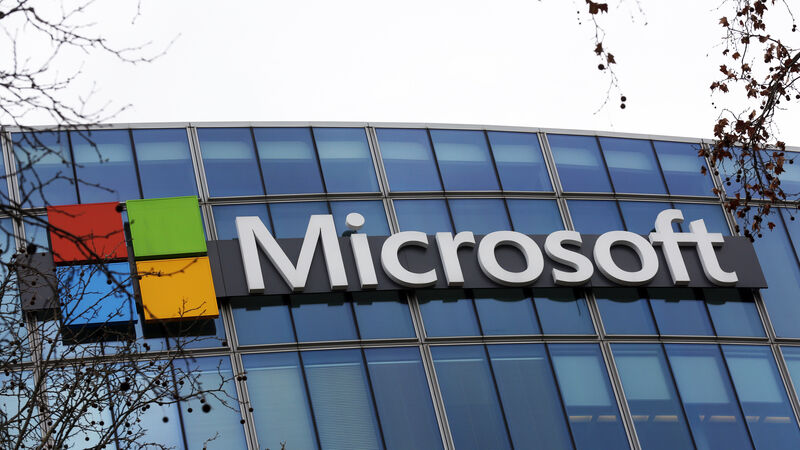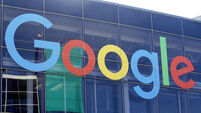Microsoft to invest €3bn in AI facilities in Australia

Microsoft will spend A$5bn (€3bn) expanding its artificial intelligence, or AI, and cloud computing abilities in Australia.
Microsoft said it will spend A$5bn (€3bn) expanding its artificial intelligence, or AI, and cloud computing abilities in Australia over two years as part of a wide-ranging effort that includes skills training and cyber security.
The US tech giant - which employs 3,500 people in Ireland - said it would raise its computing capacity in Australia by 250%, enabling the world's No. 13 economy to meet demand for cloud computing - the practice of storing data on a separate network - which was expected to double from 2022 to 2026 as AI became more prevalent.
The spending amounts to a charm offensive by Microsoft in a country that began public consultation this year over regulation of AI, since Microsoft-backed OpenAI stunned the technology world with lifelike language program ChatGPT in 2022.
Microsoft said that on top of the A$5bn, it would support training 300,000 Australians in skills needed to "succeed in the digital economy" and expand a cyber threat information-sharing agreement with the country's cyber security agency, the Australian Signals Directorate.
"This is a major investment in the skills and workers of the future," Australian prime minister Anthony Albanese said in a statement issued by Microsoft. "We need to provide the skills to enable Australians to succeed in the jobs of the future."
The company did not offer details on how it would spend the A$5bn other than to say it would grow its computing capacity significantly. It said it would expand its data centre footprint in Australia from 20 sites to 29.
A recent report, which Microsoft co-wrote, said generative AI, a form of automation that adapts to new data inputs, could contribute up to A$115bn per year to Australia's economy by 2030 if quickly adopted.
Australia has no AI-specific regulation, but copyright lawyers and human rights groups have said the technology must have some guardrails to protect against bias, copyright infringement and privacy breach.
- Reuters














